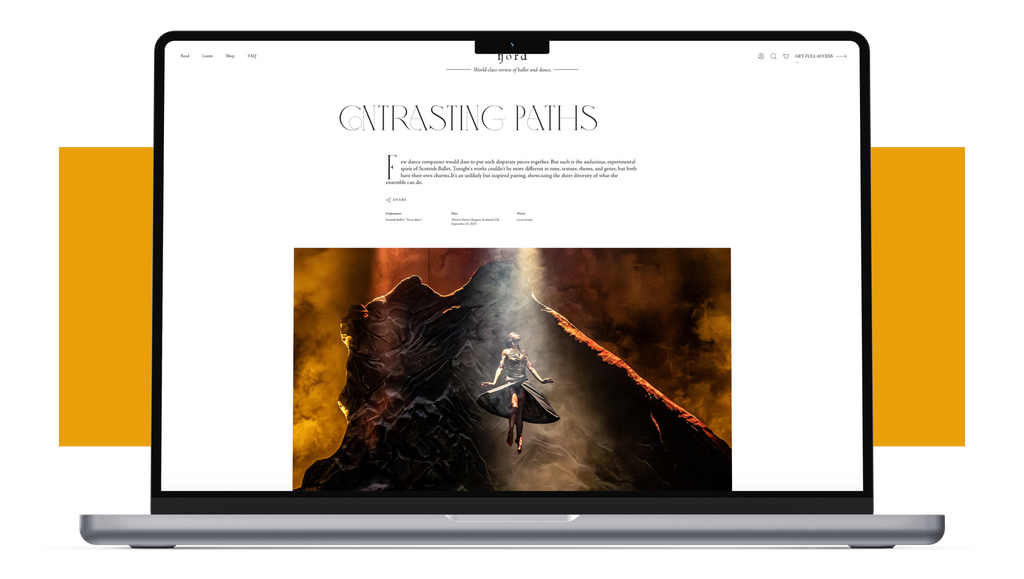Modern Dance Hold’em
Lassoing is a surprising through-line for a Martha Graham Dance Company performance. The theme steps generally tend towards the child-birthing variety: contractions and deep squats.
Continue Reading
World-class review of ballet and dance.
On the evening of March 7th, New York City Ballet opened a run of shows at Sadler’s Wells Theatre. This performance, which marked the company’s first appearance in London since 2008, was met with equal parts excitement and nervous anticipation. The troupe has undergone a number of seismic shifts in the last 16 years: in 2017, the longtime artistic director, Peter Martins, resigned in the face of abuse claims; in 2018, a nude photo-sharing scandal erupted, resulting in the firing of three male principal dancers; and in 2020, over a year’s worth of performances were canceled due to the Covid pandemic. Fortunately, none of these upheavals have managed to detract from the particular pleasure that arises from watching NYCB in action. For New Yorkers like myself in the audience, that pleasure was only doubled.
Performance
Place
Words



“Uncommonly intelligent, substantial coverage.”
Already a paid subscriber? Login

Lassoing is a surprising through-line for a Martha Graham Dance Company performance. The theme steps generally tend towards the child-birthing variety: contractions and deep squats.
Continue ReadingAs a dance viewer, it’s easy to get swept up in the grand movements in a piece, glossing over the finer details.
Continue ReadingHubbard Street Dance Chicago was in New York for a two-week run March 12–24 at the Joyce Theater, a venue that consistently programs excellent smaller dance companies in its 472-seat theater.
Continue ReadingThe legendary Cuban dancer Carlos Acosta trained relentlessly to come out of retirement last year for a performance of classical works in celebration of his 50th birthday at the Royal Ballet, where he spent most of his professional career.
FREE ARTICLE
comments